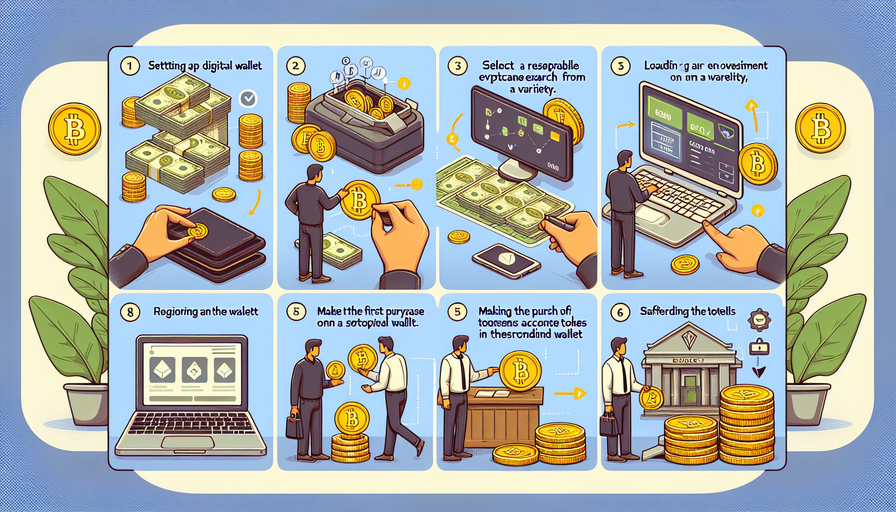In today’s digital age, email has become an essential tool for communication in both personal and professional settings. Whether you are sending a message to a friend or crafting a marketing campaign for your business, knowing how to create an effective email can make all the difference. In this guide, we will walk you through the process of creating an email that is engaging, informative, and visually appealing.
1. Define Your Purpose
Before you start drafting your email, it’s important to clearly define the purpose of your message. Are you reaching out to inform customers about a new product? Are you following up on a job application? Understanding your goal will help you tailor your content and design to achieve the desired outcome.
2. Choose the Right Email Service Provider
Selecting the right platform to create and send your emails is crucial. Popular options like Mailchimp, Constant Contact, or even Gmail offer user-friendly interfaces and customizable templates that can streamline the process. Consider factors such as pricing, features, and ease of use when choosing an email service provider.
3. Craft Compelling Subject Lines
The subject line is the first thing recipients see when they receive your email, so make it count! Keep it concise yet intriguing to entice readers to open your message. Avoid using all caps or spammy language that could trigger filters or turn off potential readers.
4. Personalize Your Content
Personalization can significantly impact engagement rates with your emails. Address recipients by their name whenever possible and segment your audience based on their preferences or behavior to deliver tailored content that resonates with them.
5. Write Clear and Concise Copy
When it comes to writing the body of your email, less is often more. Keep paragraphs short and focused, using bullet points or numbered lists for easy readability. Use a conversational tone that matches your brand voice and avoid jargon or overly technical language unless necessary.
6. Include Eye-Catching Visuals
Visual elements such as images, videos, infographics, or GIFs can enhance the appeal of your email and break up large blocks of text. Make sure visuals are relevant to your message and optimized for quick loading times across different devices.
7. Add Call-to-Action (CTA)
Every email should have a clear call-to-action that prompts recipients to take the desired next step, whether it’s making a purchase, signing up for an event, or downloading a resource. Use action-oriented language and place CTAs strategically within your email for maximum impact.
8. Test Before Sending
Before hitting send on your carefully crafted email, take the time to test it across various devices and email clients to ensure optimal display and functionality. Check for typos, broken links, image alignment issues, or any other potential errors that could detract from the overall user experience.
By following these steps and continuously refining your approach based on analytics and feedback from recipients, you can master the art of creating impactful emails that drive engagement and achieve results in any context.


